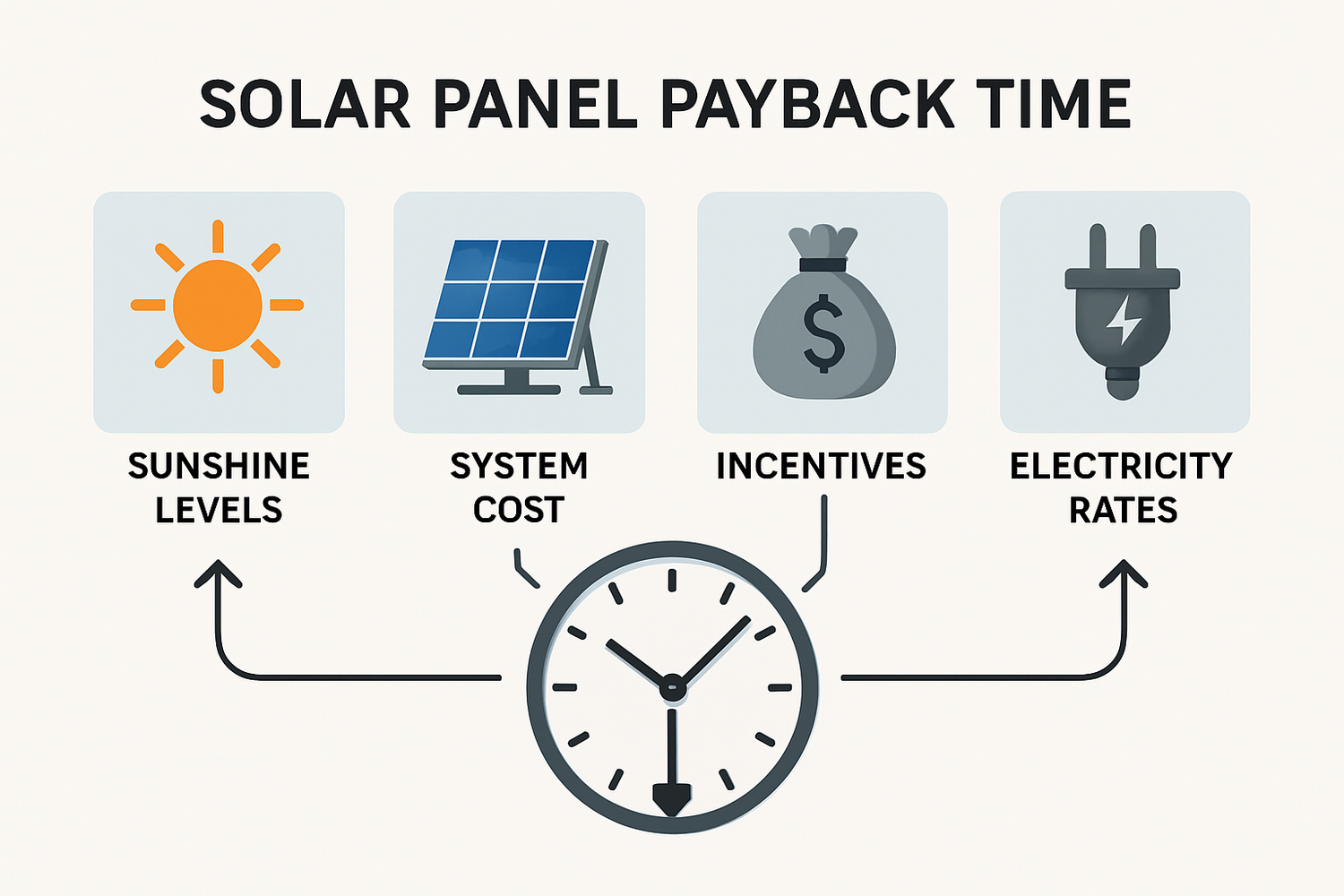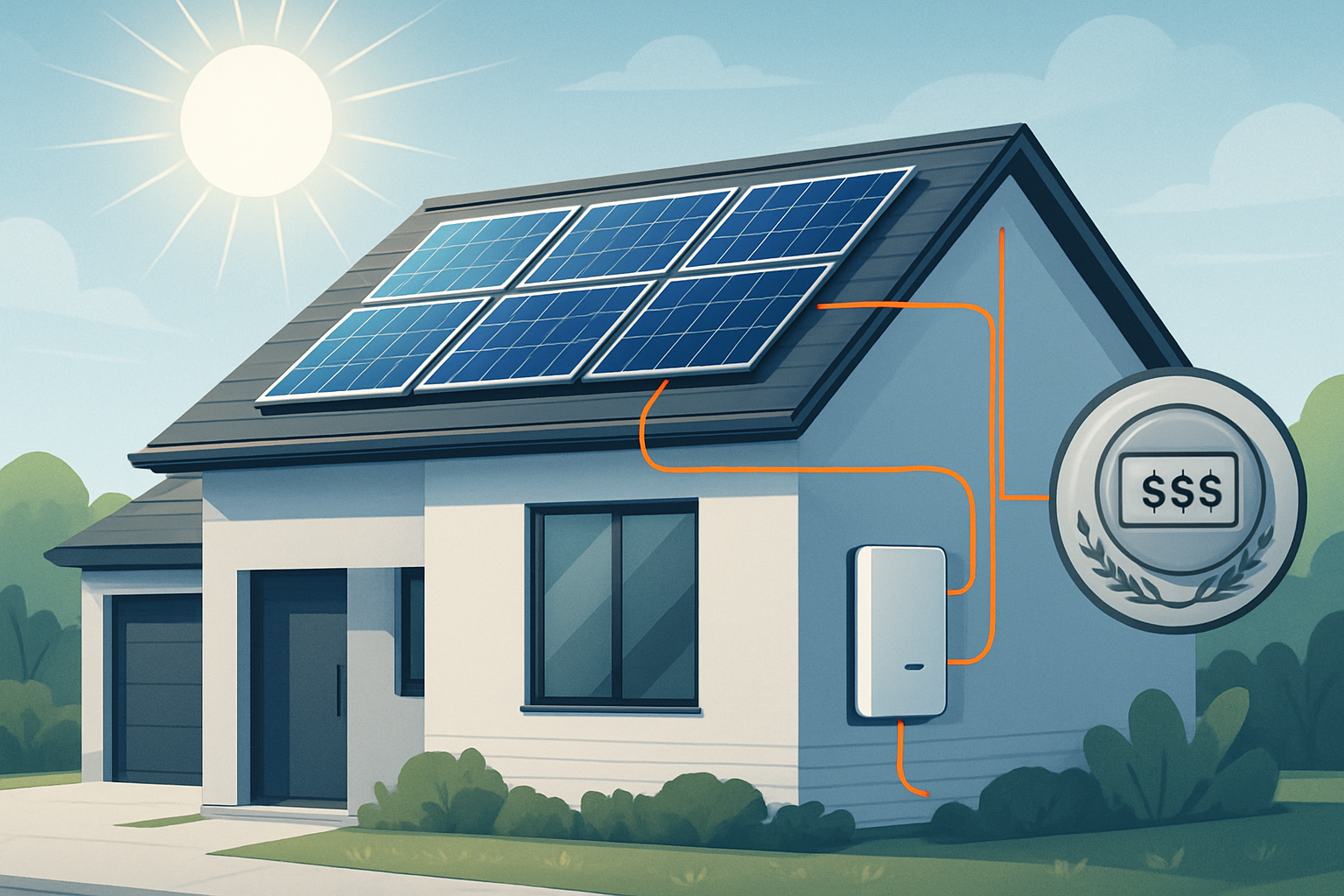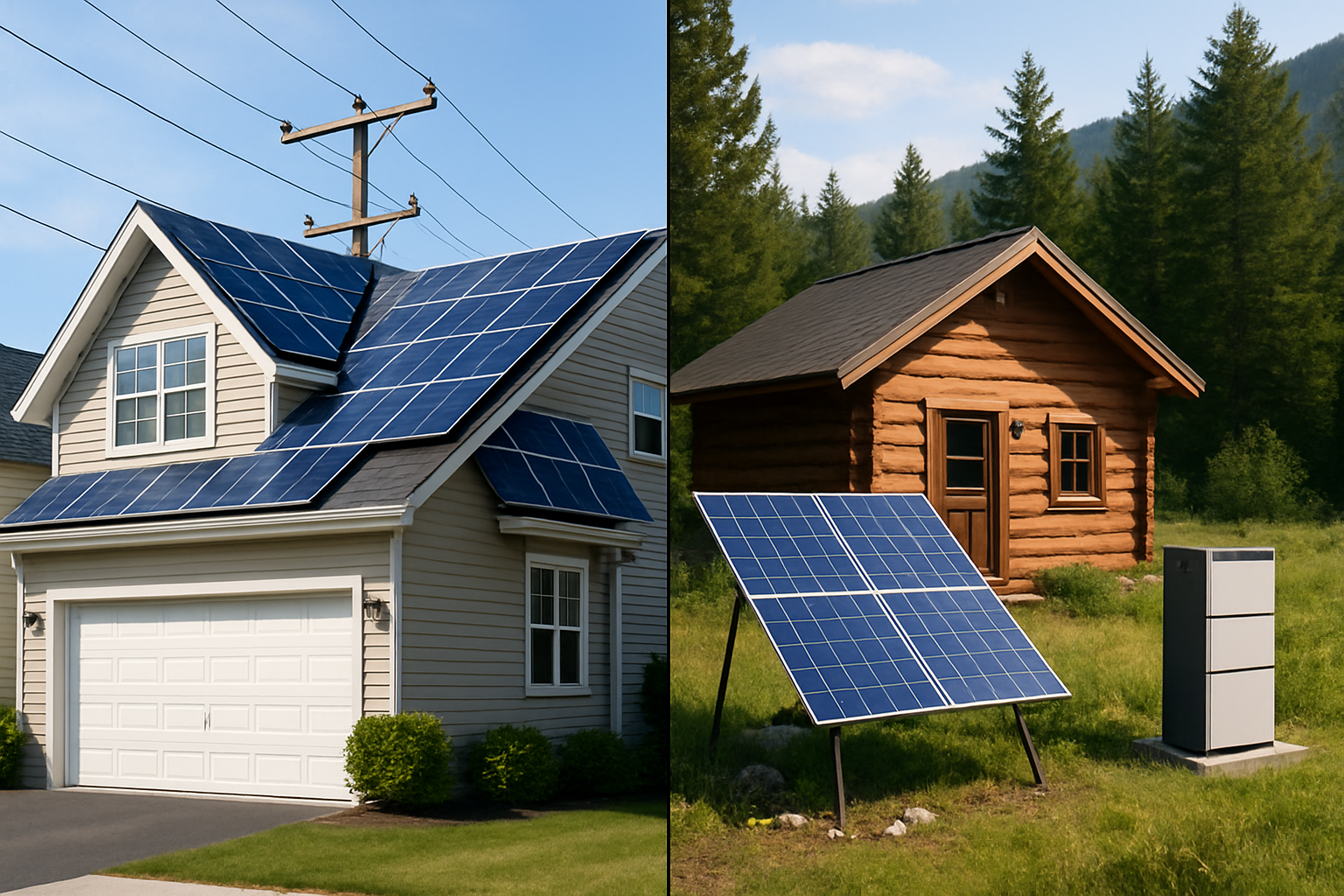Investing in solar energy offers a path to energy independence and significant long-term savings. For many, a key consideration before adopting solar solutions is understanding the return on investment (ROI) and how quickly the system pays for itself. This financial metric, often called the payback period, helps you gauge the economic viability of your solar installation.
The average solar payback period for residential systems typically ranges between six and ten years. After this period, your system generates electricity that effectively becomes "free," providing substantial savings for the remainder of its operational life, which often exceeds 25 years. This article explores seven crucial factors that directly influence how quickly you can recoup your initial solar investment.
Understanding Your Solar Investment
Defining Solar ROI and Payback Period
Solar ROI measures the financial benefit you gain from your solar panel system compared to its cost. The payback period, a closely related concept, refers to the time it takes for the savings generated by your solar system to equal the initial investment. You calculate this by dividing the total system cost (after incentives) by your annual electricity savings.
Initial Costs Versus Long-Term Savings
The upfront cost of a solar installation covers panels, inverters, mounting hardware, and labor. While this initial outlay may seem substantial, the long-term benefits are considerable. Solar panels reduce or eliminate your monthly electricity bills, and these savings accumulate over time, ultimately offsetting the installation cost. As utility rates tend to rise, the value of your solar-generated electricity also increases, further enhancing your savings and shortening the payback period.
Optimizing Your System for Faster Returns
1. System Size and Energy Consumption
Matching your solar system's size to your household's or business's energy consumption is vital. An oversized system generates more electricity than you need, potentially leading to excess energy that might not be fully credited, depending on local policies. An undersized system means you still rely heavily on grid electricity, limiting your savings. Accurate energy audits help design a system that maximizes self-consumption and bill reduction, directly influencing your payback time.
2. Solar Panel Efficiency and Quality
High-efficiency solar panels convert a greater percentage of sunlight into electricity. This means you can generate more power from a smaller roof area or achieve higher overall output for your system size. Quality panels often come with longer performance warranties, ensuring consistent energy production over decades. Investing in high-performance panels, while potentially having a slightly higher initial cost, frequently leads to greater long-term savings and a shorter payback period due to superior energy generation.
3. Local Solar Irradiance and Climate
The amount of sunlight your location receives, known as solar irradiance, significantly impacts your system's output. Regions with abundant, consistent sunlight will naturally see faster payback times because the panels produce more electricity daily. Climate factors like temperature and cloud cover also play a role; cooler temperatures can actually improve panel efficiency, while frequent heavy cloud cover reduces production. Analyzing your local solar resource data helps in forecasting energy production accurately, providing a realistic estimate of your payback period.
Leveraging Financial Support and Policies
4. Government Incentives and Tax Credits
Government incentives, such as federal tax credits, state rebates, and local programs, can dramatically reduce the net cost of your solar installation. For instance, the US Inflation Reduction Act (IRA) has provided substantial tax credit extensions for solar PV, battery storage, and clean power equipment manufacturing. These incentives directly lower your upfront investment, making solar more accessible and accelerating the payback period. Some estimations suggest that the absence of such tax credits could increase payback periods significantly.
5. Net Metering Policies
Net metering allows you to send any excess electricity your solar panels generate back to the utility grid, receiving credits on your electricity bill. This mechanism ensures you get value for every kilowatt-hour your system produces, even when your consumption is low. Effective net metering policies can significantly boost your overall savings and shorten the time it takes to recoup your investment.

6. The Role of Financing Options
How you finance your solar system also affects your effective payback period. Cash purchases offer the quickest payback by avoiding interest, but loans or leases can make solar accessible with minimal upfront cost. Carefully evaluating loan terms, interest rates, and any associated fees helps you understand the true cost of your system over time and its impact on your financial returns. Consider options that align with your financial goals and minimize long-term costs.
The Strategic Advantage of Energy Storage
7. Enhancing Self-Consumption with Batteries
Integrating a battery storage system, such as a high-performance, safe, and reliable lithium iron phosphate (LiFePO4) battery, allows you to store excess solar energy generated during the day. You can then use this stored energy during peak hours or at night, reducing your reliance on grid electricity when prices are higher. This increased self-consumption maximizes your savings and significantly shortens the effective payback period of your combined solar and storage system. Investment in battery storage for power is rapidly increasing, with projections showing nearly double the investment in 2023 compared to 2022.
Off-Grid Resilience and Independence
For those seeking complete energy independence or reliable power in areas with unstable grids, off-grid solar solutions with robust battery storage are invaluable. These systems provide continuous power, protecting you from outages and enabling a truly self-sufficient lifestyle. Our integrated household energy storage systems, which combine lithium batteries, hybrid inverters, and solar panels, exemplify this comprehensive approach to energy independence, offering reliable and scalable energy solutions for homes, farms, and remote cabins.
Ensuring Longevity and Performance
Professional Installation Practices
The quality of your solar installation directly impacts its long-term performance and safety. A professionally installed system ensures optimal positioning, secure mounting, and correct electrical wiring, minimizing risks and maximizing energy production. Poor installation can lead to reduced efficiency, maintenance issues, and even safety hazards, extending your payback period and increasing overall costs.
Regular Maintenance for Peak Performance
While solar systems require minimal maintenance, routine checks and occasional cleaning ensure they operate at peak efficiency. Keeping panels free of dirt, debris, or shading from overgrown vegetation helps maintain consistent energy output. Regular monitoring of system performance allows you to quickly identify and address any issues, preserving your investment's value and ensuring a consistent path to payback.
Achieving Energy Independence
Achieving a swift solar payback period involves a strategic combination of system design, leveraging financial incentives, integrating energy storage, and ensuring professional installation and maintenance. By focusing on these seven factors, you gain greater control over your energy costs and accelerate your journey toward energy independence. The significant shift in global energy investment towards clean energy, with solar leading the way, highlights a clear trend: solar power is a smart, financially sound decision for the future. In 2023, for example, over $1.7 trillion was expected to be invested in clean energy, with solar investment projected to exceed $1 billion per day, surpassing spending in upstream oil for the first time. This momentum underscores the growing economic viability and attractiveness of solar solutions.





Leave a comment
All comments are moderated before being published.
This site is protected by hCaptcha and the hCaptcha Privacy Policy and Terms of Service apply.